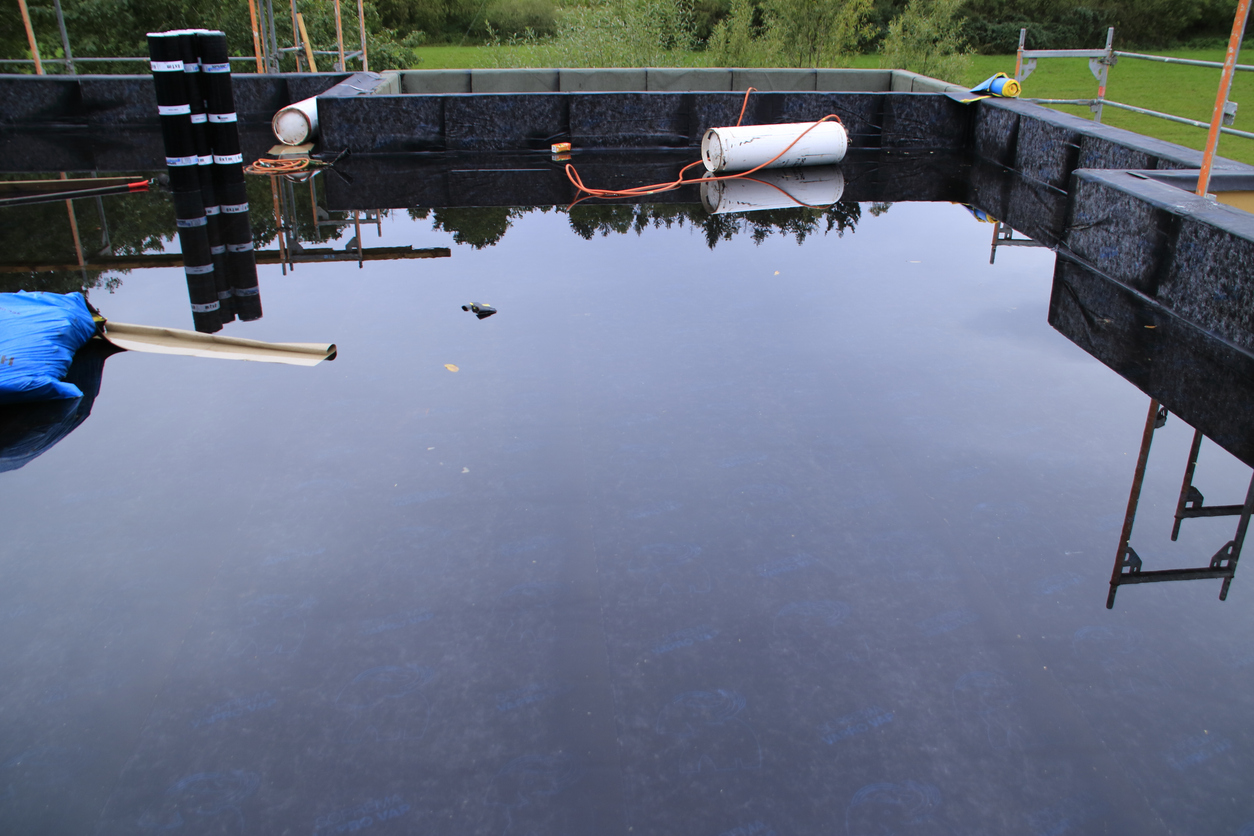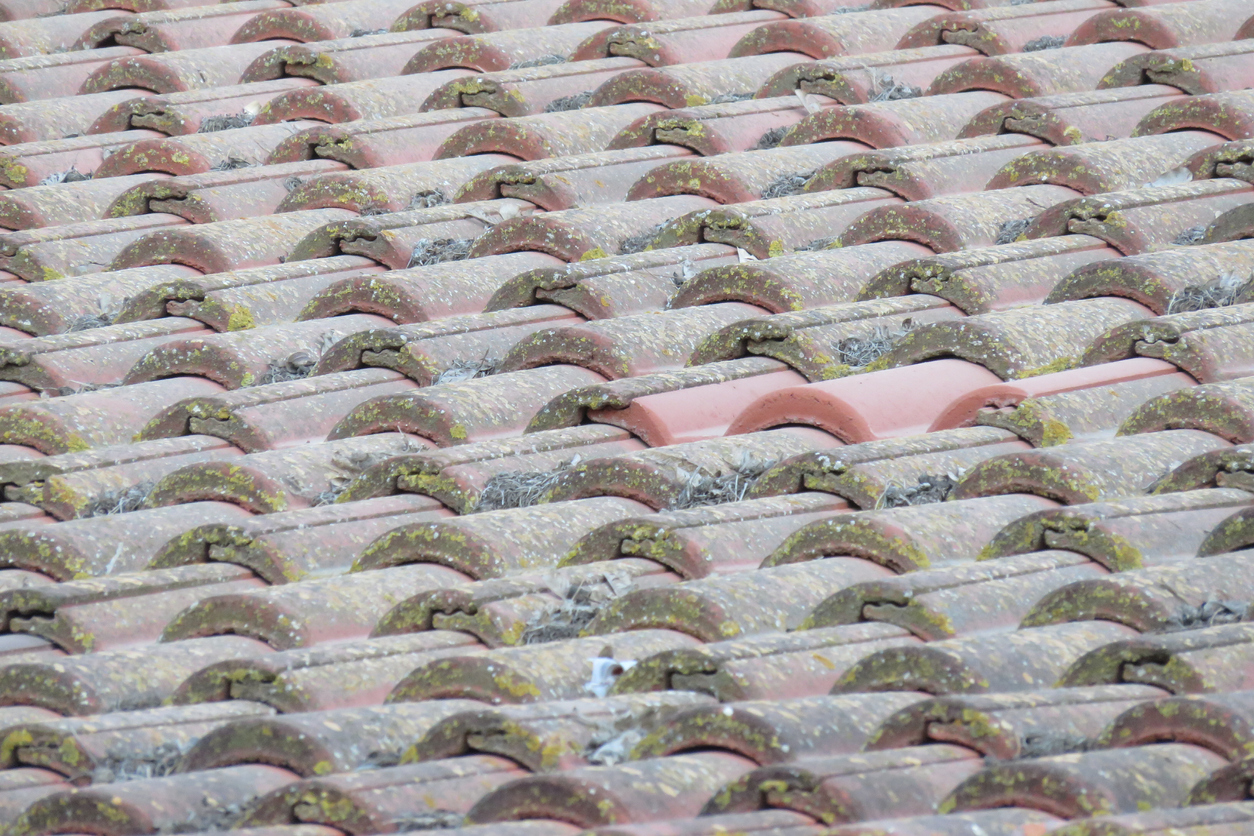The term “surface water,” when searched in this blog, results in 87 different posts. Insurance coverage nerds love this term. Its meaning can be argued in so many different ways. The methods of argument can use many different interpretation techniques. The Supreme Judicial Court of Massachusetts made the following ruling on the term last week: 1
We conclude that the meaning of ‘surface waters,’ and thus the definition of ‘Flood’ under the policies, is ambiguous in regard to the accumulation of rainwater on roofs. The uncertainty in the case law in Massachusetts and other jurisdictions confirms this ambiguity. Indeed, the conflicting interpretations of the term ‘surface waters’ are a direct result of the term’s ambiguity. As we must resolve such ambiguity in favor of the policy holders and against the insurance companies that drafted the policies, we conclude that the definition of ‘surface waters’ does not include the rainwater that landed and accumulated on the rooftop courtyard and parapet roofs in this case, or at least it does not unambiguously include such accumulation of water on a roof.
I noted this case last December in “Can a Flood Happen on the Top of a 10-Story Roof? What Is Surface Water?” where I stated:
My interest in ‘surface water’ has officially reached new heights – or should I say depths? It’s like the mysterious character in a detective novel that keeps popping up where you least expect it. I’ll be diving into this common water damage coverage battle with the enthusiasm of a kid in a puddle. Expect splashes of insight and maybe even a few ripples of laughter as we explore this topic over the next week. Get your rain boots ready because we’re about to wade through some seriously murky insurance waters!
I then wrote about United Policyholders filing an amicus brief on the case in Defining Surface Waters: United Policyholders Argues That a Flood Does Not Happen on a Roof. United Policyholders creatively cited Zurich’s own website for part of its argument. I stated:
United Policyholders claimed that the case is an example of ‘creative denials’ on water claims based on strained constructions of policy language and that this is occurring across the country. I agree that insurers are more frequently battling their policyholders trying to reduce payments on water losses.
In What Does “Surface Water” Mean? NAPIA Files an Amicus Brief in a Legal Fight Over Its Meaning, I wrote a post about the amicus brief filed jointly this past March by the National Association of Public Insurance Adjusters and the Massachusetts Association of Public Insurance Adjusters. Their brief argued in part:
NAPIA’s and MAPIA’s interest in the outcome of this appeal is substantial and direct. Insurers often invoke the ‘surface water’ exclusion and, as this appeal demonstrates, seek to impermissibly expand its scope and application. NAPIA and MAPIA seek to obtain clarity on the proper reaches of the ‘surface water’ exclusion such that it is interpreted in accordance with its language and intent. Water which does not reach, touch or emanate from the ground, but instead pools on a rooftop surface, ought not be treated or characterized as ‘surface water’ and thus should not be subject to the ‘surface water’ exclusion. Allowing such an expansive interpretation of the ‘surface water’ exclusion would be detrimental to Massachusetts policyholders.
The court ruling provided the framework for how Massachusetts interprets a property insurance policy:
Interpretation of an insurance contract is a pure question of law… ‘If the language of an insurance policy is unambiguous, then we construe the words in their usual and ordinary sense.’ … We also ‘consider what an objectively reasonable insured, reading the relevant policy language, would expect to be covered.’…. ‘However, if the policy language is ambiguous, ‘doubts as to the intended meaning of the words must be resolved against the insurance company that employed them and in favor of the insured.’ …’This rule of construction applies with particular force to exclusionary provisions.’…
As we have previously explained, ‘[a]mbiguity is not created by ‘the fact that the parties disagree as to [a term’s] meaning,’ ’ …but rather ‘a term is ambiguous where ‘it is susceptible of more than one meaning and reasonably intelligent persons would differ as to which meaning is the proper one,’ ’ …quoting Bank v. Thermo Elemental Inc., 451 Mass. 638, 648, 888 N.E.2d 897 (2008) (term is ambiguous ‘where the phraseology can support a reasonable difference of opinion as to the meaning of the words employed and the obligations undertaken’). (cases and citations omitted)
The court made several interesting comments during its analysis. First, it noted that “Both parties propose what appear to be plausible interpretations based on the policy language alone.” This is pretty important because it indicates that the term is ambiguous if there are two or more reasonable interpretations.
Second, the court looked to case precedent, finding that “Our review of the case law outside of Massachusetts also reveals no ‘consistent interpretation’ of whether surface waters include rainwater accumulated on a roof.” This case review finding, similar to my research, led to this statement by the court:
Based on this overview, we conclude that there is no consistent interpretation in the case law regarding whether the term ‘surface waters’ includes rainwater accumulating on a roof. Rather, two different reasonable interpretations of the term ‘surface waters’ emerge, a broader interpretation that includes rainwater accumulating on a roof, as exemplified by the First Circuit’s discussion in Nova, 726 F.3d at 39-40, and a more narrow interpretation that would exclude water not on the ground or the surface of the earth, as our decisions in Boazova, 462 Mass. at 354, 968 N.E.2d 385, and Surabian Realty Co., 462 Mass. at 718-719, 971 N.E.2d 268, imply but do not decide. Accordingly, the case law confirms and does not resolve the ambiguity present in the policy language itself, which, as discussed above, does not include a definition of surface water, or otherwise address whether the accumulation of rainwater on roofs is or is not ‘surface waters.’
In sum, we conclude that it is ambiguous whether rainwater accumulation on roofs constitutes ‘surface waters’ within the meaning of the policies. In evaluating such accumulation, the term ‘surface waters’ as used in the present policies is susceptible to two meanings, and reasonably intelligent persons could differ as to which meaning is the proper one. See Vermont Mut. Ins. Co., 490 Mass. at 164-165, 189 N.E.3d 306. Our conclusion that this language is ambiguous is confirmed by the inconsistency in the case law, which flows naturally from this ambiguity. As we must read any such ambiguity in the policies in favor of the policy holder, we do so in the instant case. See Green Mountain Ins. Co., 484 Mass. at 233, 140 N.E.3d 418 (rejecting insurer’s proffered ‘expansive reading’ of insurance policy term because such reading ‘would defeat our long-standing principle of strictly construing exclusions from coverage against the insurer’).
…
We answer the reported question as follows. Rainwater that lands and accumulates on either a building’s second-floor outdoor rooftop courtyard or a building’s parapet roof does not unambiguously constitute ‘surface waters’ under Massachusetts law for the purposes of the policies at issue in this case. We also report that any such ambiguity as to the intended meaning of the words must be resolved against the insurance company that employed them and in favor of the insured.
There are now 88 search results for the term “surface water.” My bet is that there will be more to come.
Thought For The Day
I know that you believe you understand what you think I said, but I’m not sure you realize that what you heard is not what I meant.
—Robert McCloskey
1 Zurich Am. Ins. Co. v. Med. Properties Tr., Inc., No. SJC-13535, 2024 WL 3504060, at *2 (Mass. July 23, 2024).




